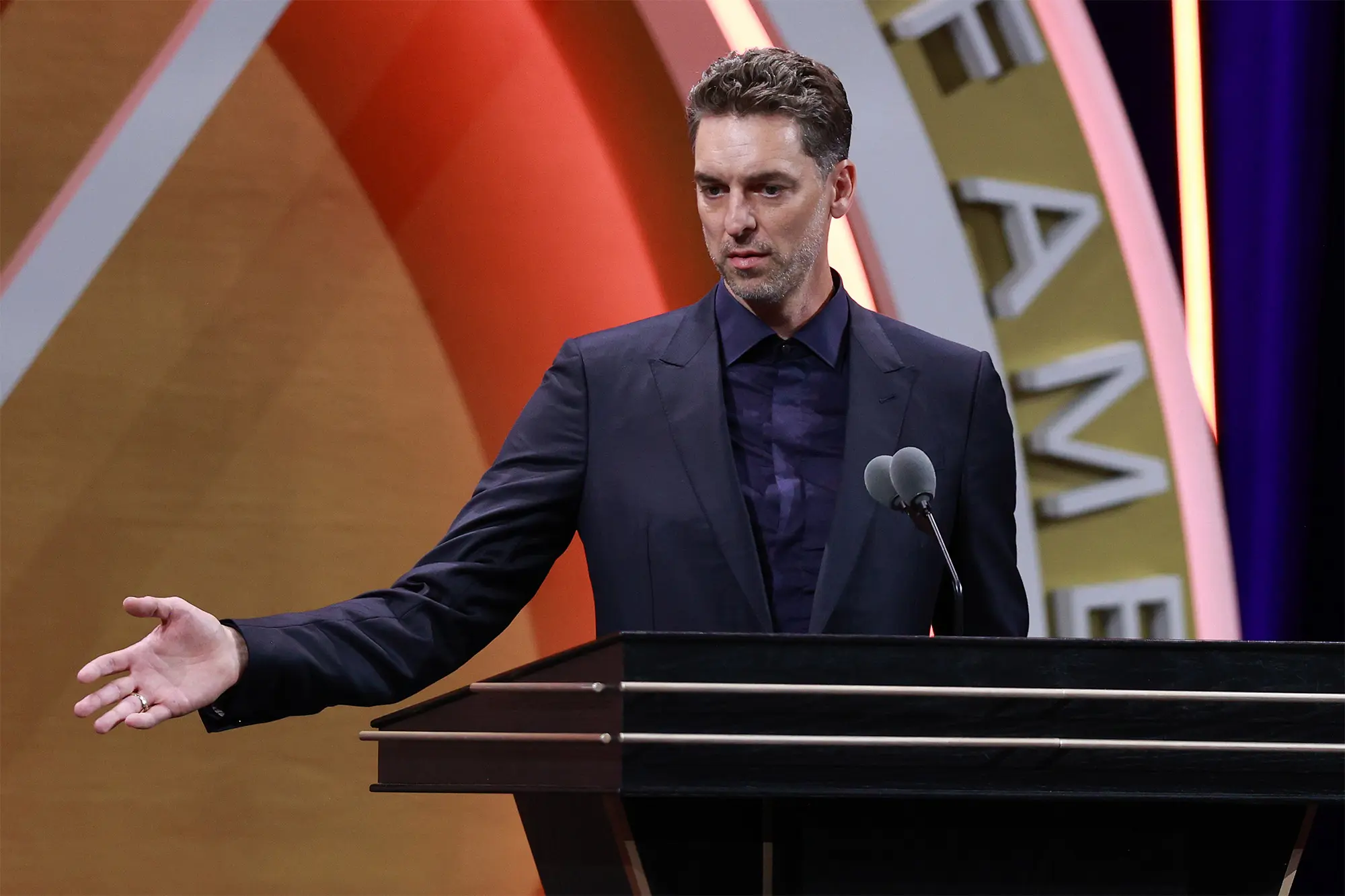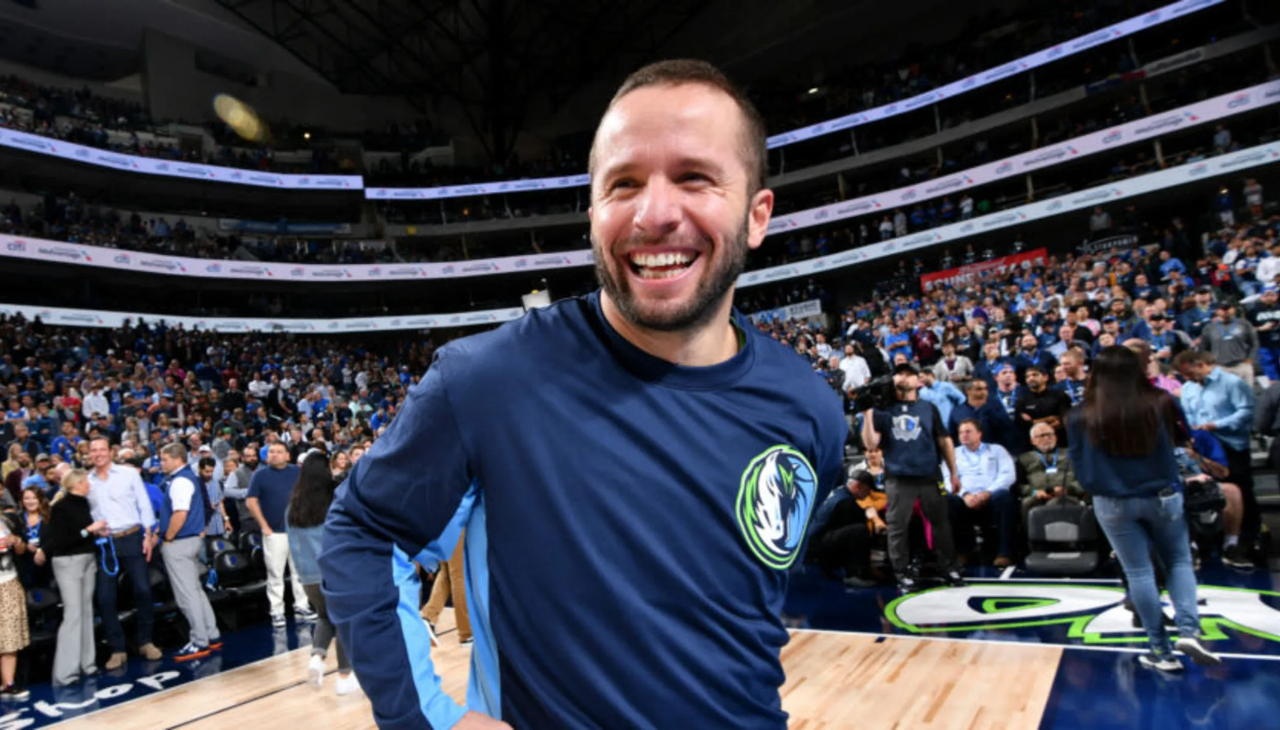
How immigration is present for all to witness in this years World Cup, not a new topic but one to be more talked about
Many of the nations eliminated and still currently in the tournament have players who were foreign born, but opted to play for their parent’s home country.
Many immigrant opposition groups or individuals are not fans of the idea of those escaping their home countries — over economic, and political crises or simply to give their children a better future — and entering theirs, unless they so happen to better their sports teams and lead them to glory.
Migration is a polarizing issue and a large aspect of everyday life. Never has it been so prevalent in sports than in this year's 2022 FIFA World Cup in Qatar. While it has become a topic during this tournament’s coverage, it has always been a part of the sport and the World Cup altogether.
For more than half of the 32 teams in Qatar, some if not most of their squads are made up of foreign-born individuals who were either born to immigrant parents in the countries they play for, or immigrated to the nation they represent as a young child with their parents.
This is true for even the host nation Qatar, as well as the Netherlands, England, USA, France, Spain, Germany, Belgium, Canada, Morocco, Switzerland, Portugal, and pretty much every other nation in the tournament. Only four nations do not have any foreign born players — Brazil, Argentina, South Korea, and Saudi Arabia.
Countries like those listed, are now benefiting from the talent that originated in Africa, for example. Since the beginning of major club soccer, it has become a trend for many European and other major clubs alike to send scouts to African, and Arab nations to search for talent.
As a result, we are starting to see the effects of that.
The 2022 tournament is the sixth consecutive World Cup where the number of foreign-born players has increased. This shows that there is always migration happening across the globe in addition to many national teams now looking for top players outside their countries. As a result of many new FIFA rules, these players sometimes have two or even three choices when it comes to repping a national team.
According to a Vox analysis, in 1930 — the first World Cup — roughly 5% of the participants were foreign-born. Less than a hundred years later, by the 2018 tournament in Russia, 11.2% of the players were foreign-born — more than doubling the percentage.
At this year’s World Cup, it has increased to 16.5%, or around one in every six were born in a country they are not representing — the highest share in the tournament's history. And with how the world is currently shaping up, that number will only increase in future tournaments.
137 of the 830 players from the total 32 teams are playing for countries that are not their birthplaces. It has already created some huge memorable World Cup moments, such as the one created by Madrid-born and current PSG player Achraf Hakimi — who just recently scored the winning penalty to eliminate Spain and send Morocco to the quarter-finals for the country’s first time. He was born to Moroccan parents. Swiss forward Breel Embolo — originally from Cameroon — also scored a goal against his birth country to send Switzerland to the Round of 16.
As mentioned, club and national teams are always on the prowl for star talents with any ancestral connections to their respective countries, which by FIFA rules would make them eligible to represent them. Now more than ever, there are players representing nations where they obtained citizenship through ancestral links of their parents, grandparents, and sometimes relatives.
According to three Dutch researchers who gathered data on the birthplaces of the parents and grandparents of each player at the World Cup from 1930 to 2018, Vox were able to conclude that the total number of players representing the birth nation of their family is the main reason for the the huge increase of foreign-born players since 2002.
“That has become a fairly active practice. And that’s fairly new — fairly new meaning the last 10 to 12 years,” Gijsbert Oonk, one of the authors of the research and a professor who focuses on migration at Erasmus School of History, Culture, and Communication, told Vox. “Countries like Morocco became aware of the fact that there are many well-qualified soccer players from Morocco, for example, in the Netherlands, France, and Belgium. They are actively going after that to build their national teams. Those teams are built by true ethnic diaspora networks.”
Historically, many African players were frequently called up to represent their colonizer in the tournament before their respective countries’ became independent — at a time when FIFA did not recognize their homelands.
However, in today’s game, the tables have flipped as former colonies are often trying to find French-born players with ancestral ties to Africa. Such is the case for the reigning champions — France — Les Bleus have 38 French-born players who opted to not play for France. All but four are representing African countries, including 10 for Tunisia, nine for Senegal, and eight for Cameroon.
And speaking of the reigning champions in France, they won the 2018 tournament with a squad that only had three players born outside of France. The flip side of the coin was that the majority of the team were grandchildren of African migrants.
Typically, players were also more probable to play for a foreign team because of natural migration. Many countries that have simple and somewhat lenient naturalization requirements for residency have now seen a higher number of foreign-born players on their World Cup teams. The United States was a good example, but that has changed in recent years.
On the 2022 U.S. squad were five foreign-born players with only one of them — the Colombian-born Jesús Ferreira, who moved to the states only because his father David, a former professional, came to the U.S. to play for F.C. Dallas — came through natural migration. As for the other four, they were born in Europe to either one or more American parents.
As for the host nation, Qatar, like the U.S., is a country mostly composed of immigrants. Foreign nationals are just shy of 90% of the country’s total population, and the rights of non-Qatari migrants are very much limited in regards to their path to citizenship. According to Qatari nationality laws, those not born in Qatar can become citizens if they have a Qatari father — not mother — and/or if they lived in Qatar for 25 successive years, along with other rather tough requirements.
RELATED CONTENT
Qatar has “created what they call a mission passport, and I call them, in our cases, a sport passport. The sport passport allows them to go to FIFA and say, look, we wish this person to represent us, and here, we show the passport. As long as they have not played for other national teams — as long as they did not shift [teams] — [FIFA] keeps their hands off that,” said Oonk.
Not much information in regards to how Qatar’s 10 foreign-born players were even able to get into the squad is publicly available, but according to Vox’s analysis, seven of them have no ancestral connections to Qatar and have not lived in the country long enough to qualify for citizenship. Put simply, they would have needed a sports passport or another exception to get onto the squad.
“This is a country of migrants,” Oonk said. “The majority of people are migrants. They are building their country with migrants. If that also becomes part of your national identity strategy, there is some logic in hiring migrants to represent you in international football.”
Morocco is one of nations with the most players not born in Morocco currently representing them. They currently have the most foreign-born players at the 2022 World Cup — 14 — that were able to get Moroccan citizenship because of their parents or grandparents. Most of their 14 foreign-born players were born in European countries such as Spain, or the Netherlands.
And at least for the Moroccans, the team had just three foreign-born players for the four World Cups they qualified for between 1970 and 1998. They failed to qualify for the next three World Cups and then in 2018, they returned to the World Cup stage with roughly three-fourths of the team born and raised outside Morocco.
But just to name a few of the many big names playing for top European nations with ancestral connections with Africa include arguably the best player in the world in Kylian Mbappé, whose father is from Cameroon and a mother of Algerian descent. Netherlands’ ace Memphis Depay has a Ghanian father. His Dutch teammate Cody Gakpo’s father is from Togo. Canada’s Alphonso Davies was born to Liberian parents and he came up as a kid in a Ghanian refugee camp before migrating to Canada.
In England, their young starlet Bukayo Saka was born to Yoruba Nigerian parents. Teammate Marcus Rashford is of Kittitian descent, with his grandmother being born on the West Indies island of Saint Kitts. Raheem Sterling was born in Jamaica before migrating to England and opting to represent the English.
Germany also has their fair share of players with youngster Youssoufa Moukoko, born in Cameroon and raised there for the first 10 years of his life before moving to Germany where his father lived. Thilo Kehrer was born to a German father and a Burundian mother. Real Madrid defender Antonio Rüdiger was born to a German father and a Sierra Leonean mother. Serge Gnabry was born to an Ivorian father. Leroy Sané has a German mother and a Sengalese father. Jamal Musiala was born to a British-Nigerian Yoruba father and German mother.
There are many more to name, but this goes to show how much migration has shaped the sport, the tournament, and the globe as a whole. It gives many who are not aware of it an insight into just how much migration plays a role in sports and how it is all interconnected.
What makes the beautiful game so beautiful, at least in part, is the huge diversity that comes along with it. Rather than try to denounce it as some unfortunately still do in this day and age, let us more and more embrace the uniqueness of everyone’s culture around us.
As an American author put it: “History in its broadest aspect is a record of man’s migrations from one environment to another.”











LEAVE A COMMENT:
Join the discussion! Leave a comment.